My Mother Estela Fortuna is the caregiver of Gene Mako until his last breath in the U.S.A.
This is the Life Profile of Gene Mako from wikipedia
Gene Mako - Wikipedia, the free encyclopedia
Constantine "Gene" Mako (Hungarian: Makó Jenő; Hungarian pronunciation: [ˈmɒkó 'jɛnřː]; January 24, 1916 – June 14, 2013) was an American tennis player and art gallery owner. He was born in Budapest, capital of Hungary. He won four Grand Slam doubles titles in the 1930s.[3] Mako was inducted into the International Tennis Hall of Fame in Newport, Rhode Island, in 1973.
Early life
His father, Bartholomew Mako (Hungarian: Makó Bertalan), graduated from the Budapest Academy of Fine Arts in 1914.[4] He started to work as a draftsman for his mentor Viktor Madarász.[5] He was an avid soccer player himself.[6] He fought in World War I.[7] After the war, he left Hungary with his wife, Georgina Elizabeth Farkas Mako (Hungarian: Makó Farkas Erzsébet Georgina) [1][8] and only son, traveling first to Italy, then stopping for three years in Buenos Aires, Argentina, before settling in Los Angeles, California.[4] There he created works for public places like churches, libraries and post offices.[9] Gene attended to the Glendale High School and the University of Southern California although he was offered a Hungarian University Scholarship in the meantime.[1][6] He quit before graduation.[1]
Tennis career
In 1934 he won the NCAA championships in singles and the doubles (with Phillip Caslin) while playing for the University of Southern California where he lettered at USC for three years (1934-36-37).[10]
Mako was especially successful as a doubles player with his partner and friend Don Budge. They competed in seven Grand Slam finals, four of which they won. In 1936 Gene Mako and Alice Marble won the finals at the US Mixed Doubles Championships against Sarah Palfrey and Don Budge (6:3 and 6:2). They won the Newport Casino Invitational Tournament three consecutive times, from 1936 to 1938.[11]
From 1935 to 1938 Mako was a member of the United States Davis Cup team and played in eight ties. The US team won the Davis Cup in 1937, defeating the United Kingdom in the final at Wimbledon, and again in 1938 in the final against Australia at the Germantown Cricket Club in Philadelphia. As a Davis Cup player he compiled a record of six wins and three losses.[12]
Mako was in the U.S. Top Ten in 1937 and 1938 (reaching as high as No. 3), and was ranked World No. 8 by A. Wallis Myers of The Daily Telegraph in 1938.[2] That year he reached the U.S. final at Forest Hills versus his double partner, Don Budge, who was in pursuit of the first Grand Slam. Unseeded, Mako reached his only major singles final on victories over sixth-seed Frank Kovacs and the third and first foreign seeds, Franjo Punčec and John Bromwich.[1]
In 1939 he was suspended and banned from playing for breaching the amateur rules.[13] He and Don Budge allegedly accepted a sum of 20AŁ for an exhibition match in Australia, which was against amateurims.[14] Afterwards he continued to play tennis at that time during the Second World War while serving in the Navy.[3] He also played professional basketball while stationed in Norfolk, Virginia.[3]
In 1973 Mako was inducted into the International Tennis Hall of Fame. In 1999 he was elected to the University of Southern California (USC) Athletic Hall of Fame.
Playing style
He possessed strong serve and powerful smashes but due to several injuries in his career, he had to give up his power game.[1] He preferred a volleying style, which he perfected with quickness, good angle selection and pacing paired with strategy.[1]
Personal life
Apart from being a sportsman Mako composed music in his early twenties. He's the author of two songs namely Lovely as Spring and What did you dream last night.[15] He also starred in movies such as the 1938 musical Happy Landing and the 1941 war comedy Caught in the Draft although he remained uncredited in both pieces .[16] Mako married actress Laura Mae Church in Manhattan in 1941.[1][17] A month later World War II broke out and he joined the United States Navy.[1] After that he worked in a broadcasting studio.[13] After his retirement he went on to design tennis courts.[1] His wife worked as an interior designer.[18] He was also involved in wrestling and was hired as a coach at the California Institute of Technology[19] while also coaching the basketball team as well.[20] As an art dealer he had a long-time interest in art as evidenced by his Gene Mako Galleries, Los Angeles, California.[7][21] He also published a book about his father entitled Bartholomew Mako: A Hungarian Master, 1890-1970.[22] In the final decade of his life he taught art to up-and-coming artists.[23] He died in 2013 at Cedars-Sinai Medical Center in Los Angeles, aged 97, of pneumonia.
Legacy of Bartholomew Mako, father of Gene Mako
http://www.smcm.edu/mulberrytree/_as...herslesson.pdf
A Father’s Lessons,
a Son’s Gratitude
WHEN A YOUNG GENE MAKO ASKED HIS FATHER HOW WELL
HE THOUGHT HE MIGHT BE ABLE TO PAINT, HE GOT A RESPONSE
HE HAS NEVER FORGOTTEN. “WELL,” SAID BARTHOLOMEW MAKO,
“IT DEPENDS ON HOW MUCH YOU CAN SEE AND HOW MUCH
PATIENCE YOU HAVE.”
These are the some of Mako's Paintings
Photos take by Starmobile Crystal phone
The Cowboys Crossing The River
Evening Meal
The Whisper
Bicycle Sculpture (Estimated Worth from Auction House in the U.S. is USD 5,000)
The Last Yellow
Delta Queen by Joen Wilhelm 1923
On The Beach
Calabasas by Bartholomew Mako
Naples by Michael Mills 1946
Flowers by Gene Mako
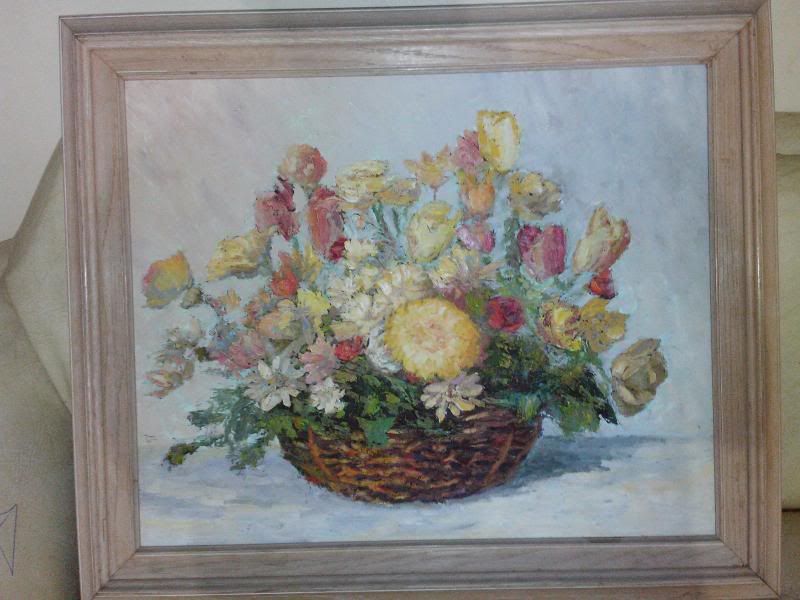
Results 1 to 5 of 5
-
10-30-2013, 11:59 AM #1
 Bartholomew & Gene Mako's Paintings & Sculptures
Bartholomew & Gene Mako's Paintings & Sculptures
Last edited by freesoul; 11-02-2013 at 05:28 PM.
-
11-02-2013, 05:38 PM #2
-
11-07-2013, 08:15 PM #3
-
12-24-2013, 08:37 AM #4
-
03-14-2014, 07:03 PM #5Newbie

- Join Date
- Jan 2014
- Gender

- Posts
- 35
Its amazing post!!
Keep it up with this excellent art work.
Advertisement
Similar Threads |
|





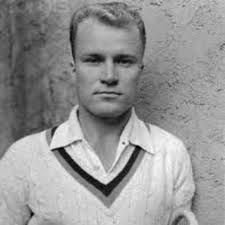

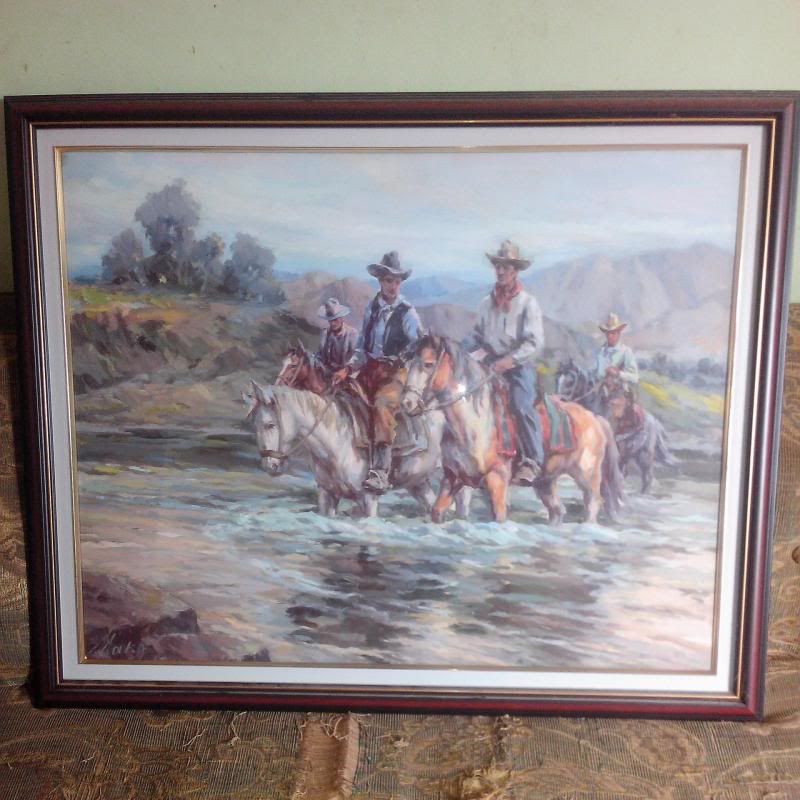

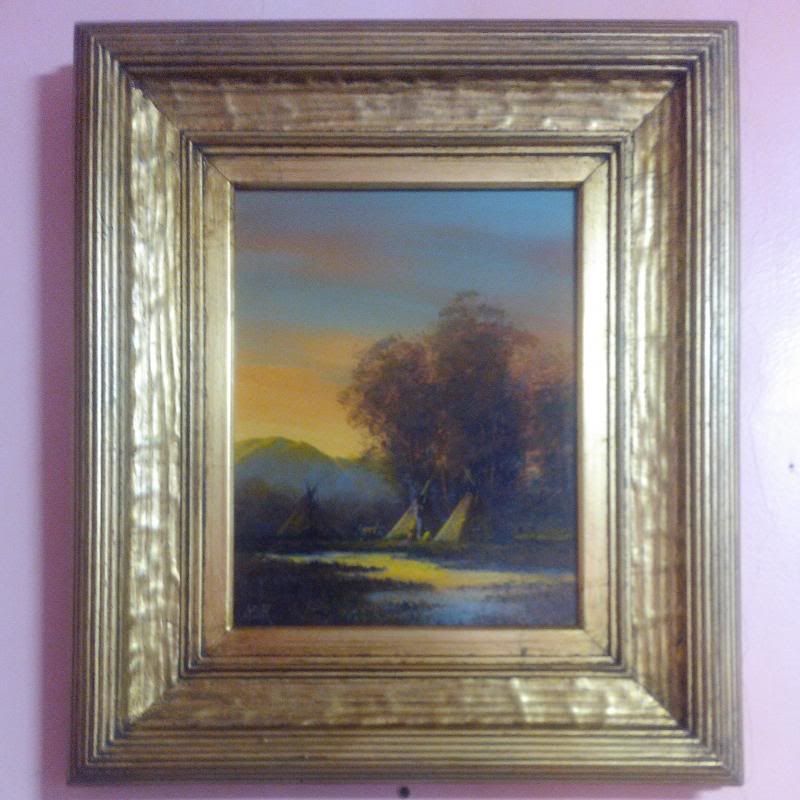
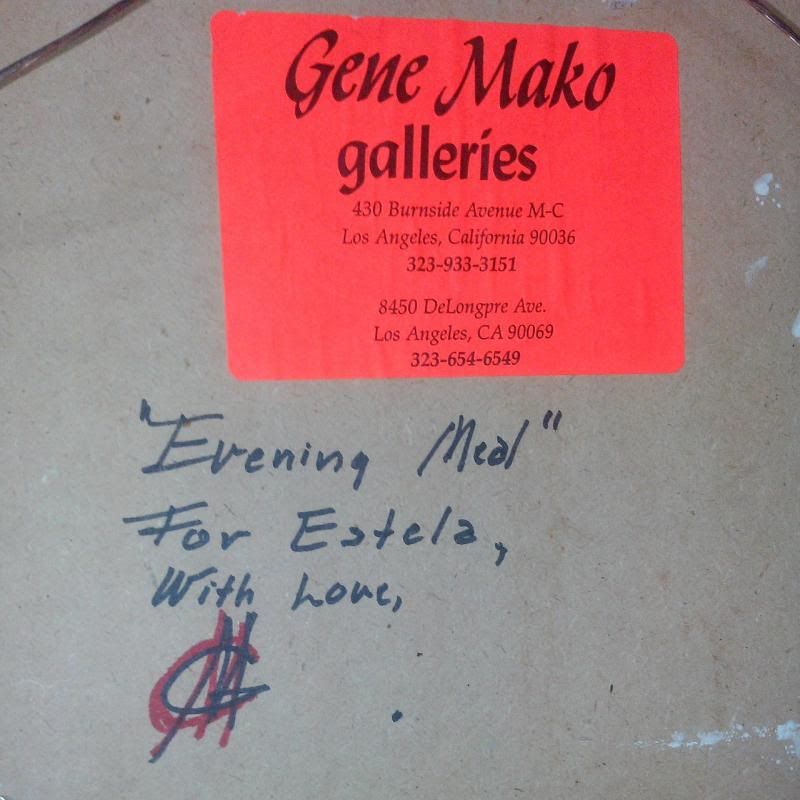
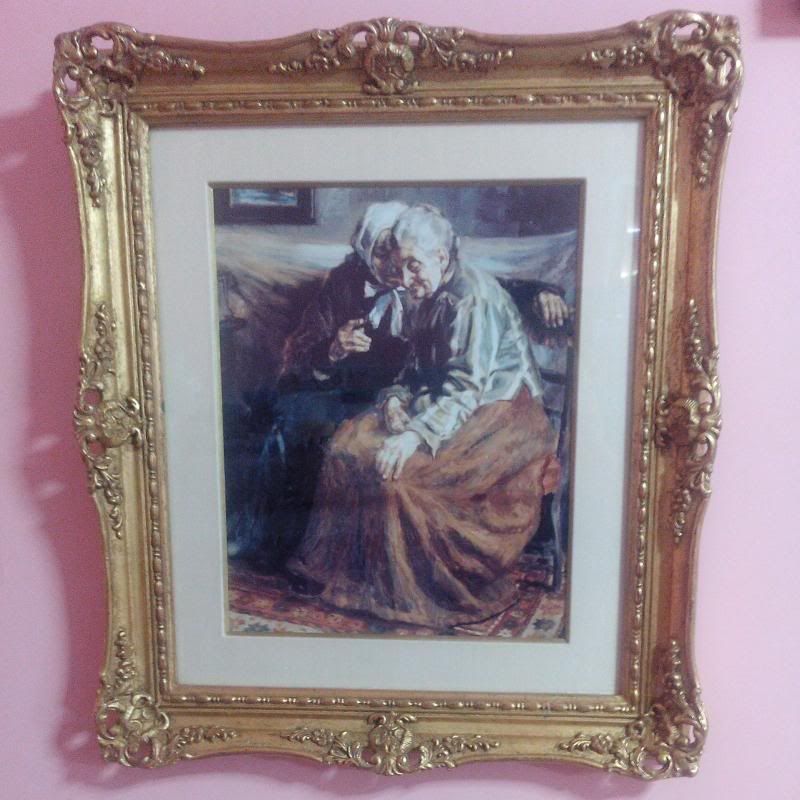

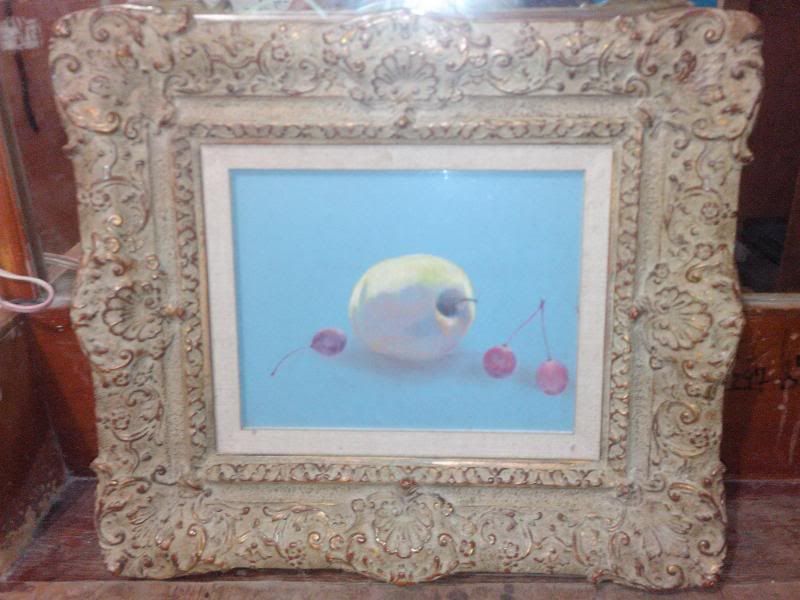
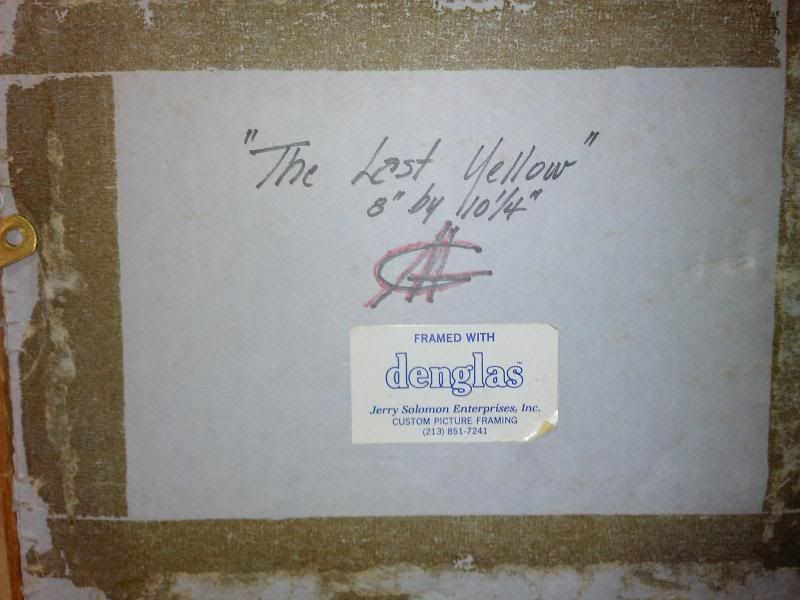


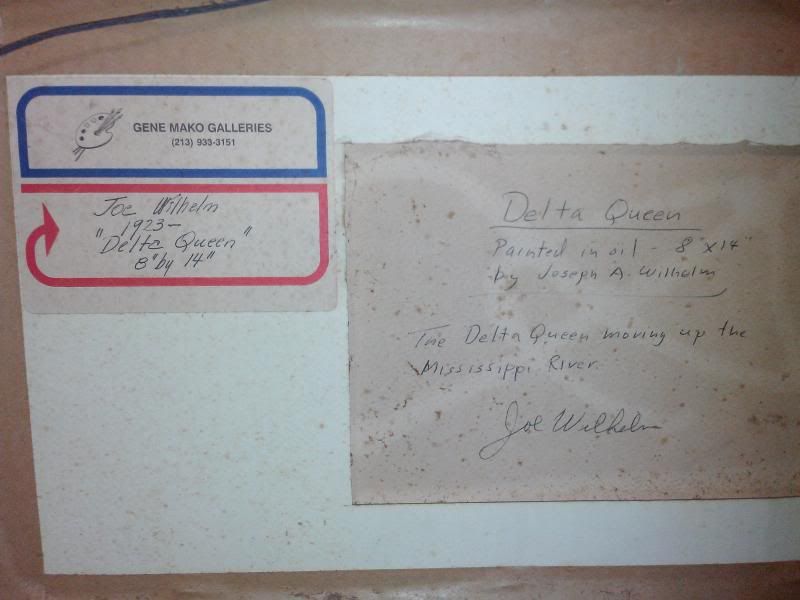
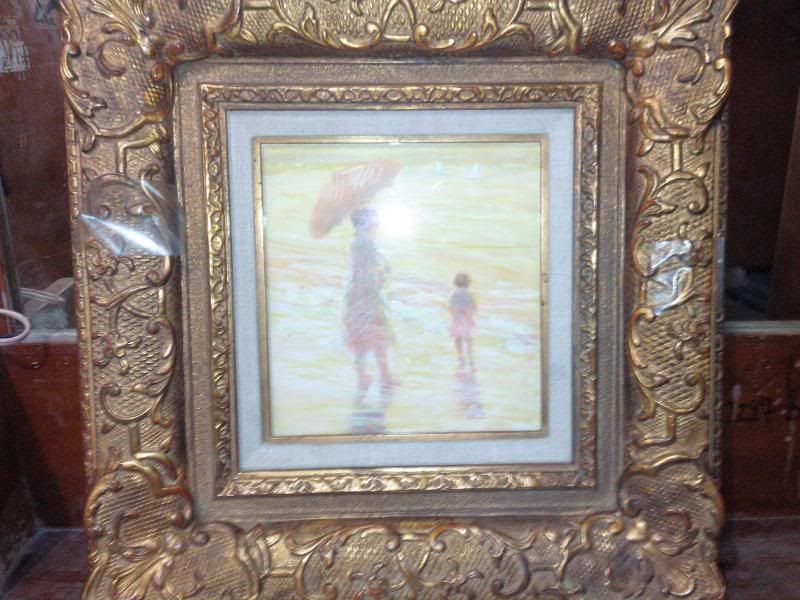
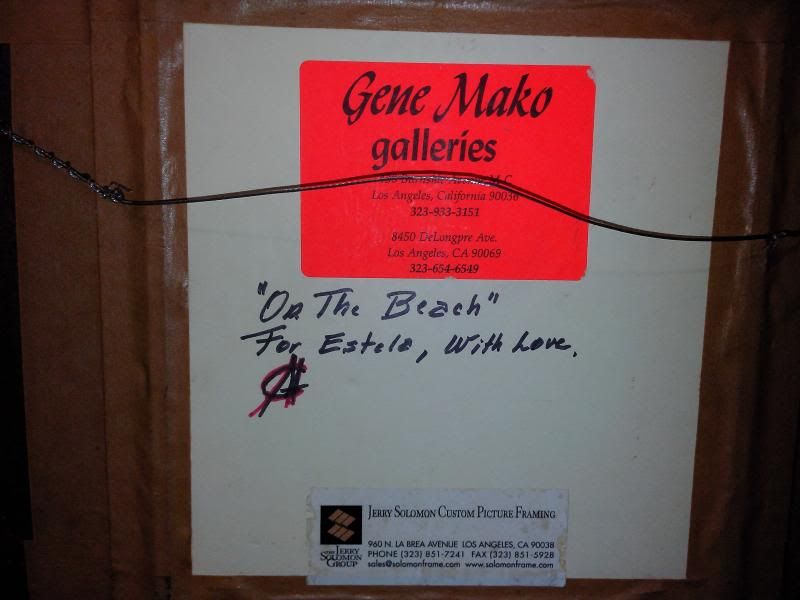
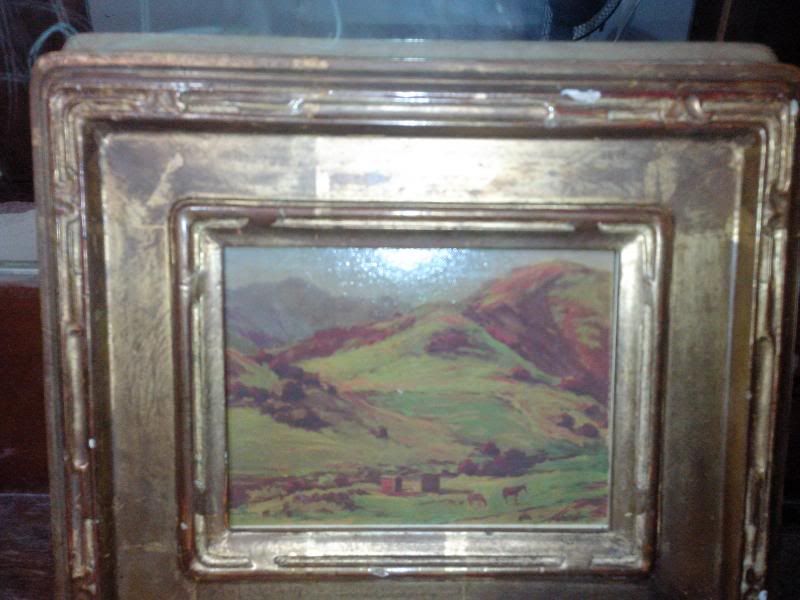
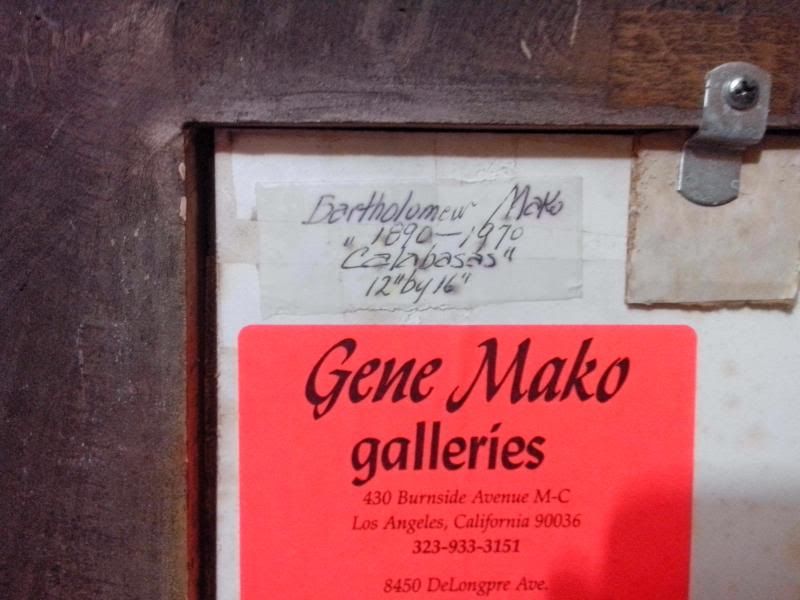
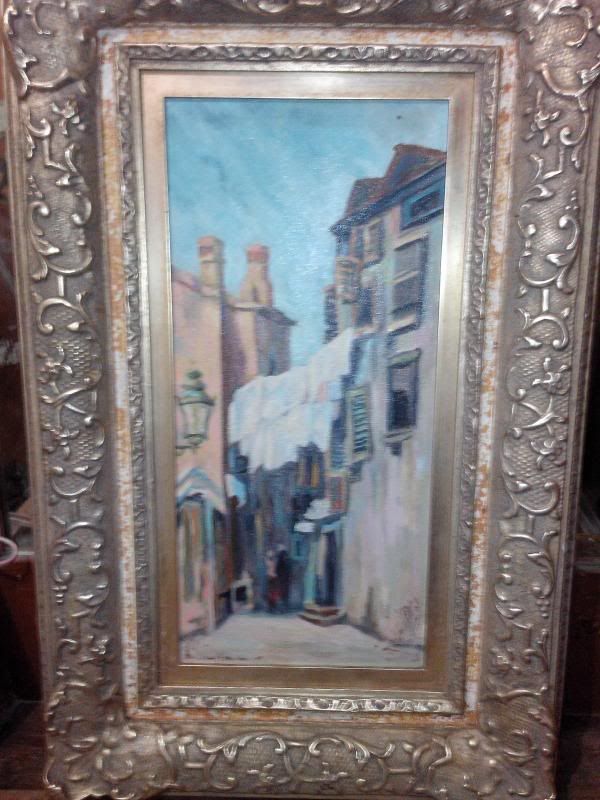
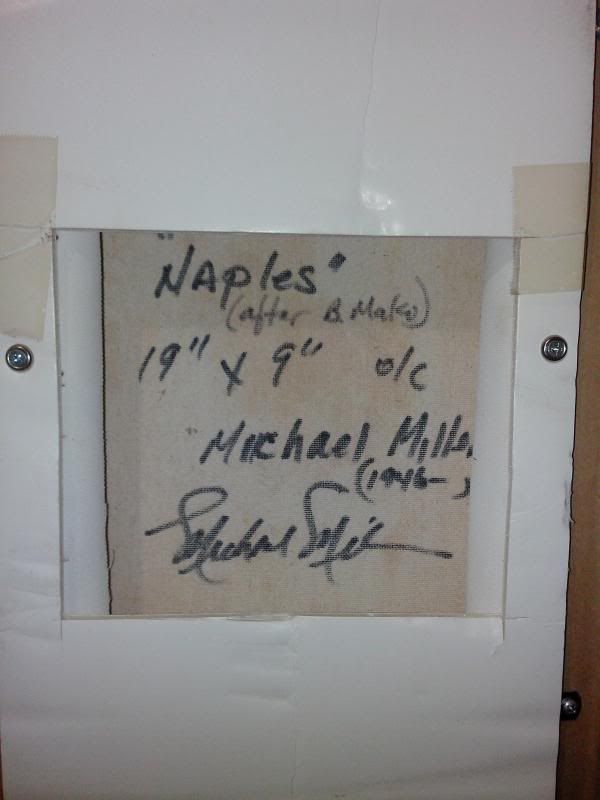

 Reply With Quote
Reply With Quote

